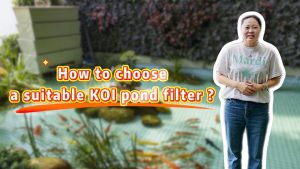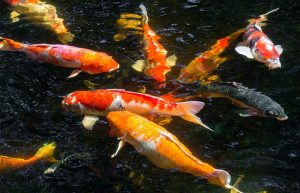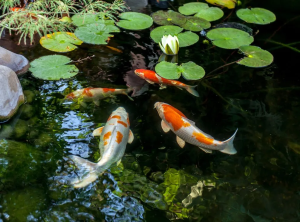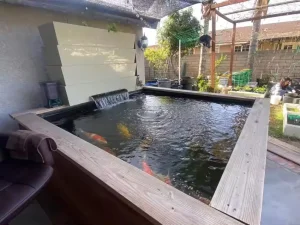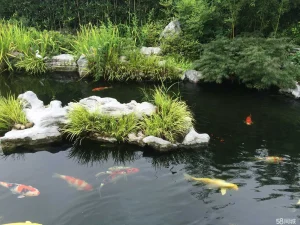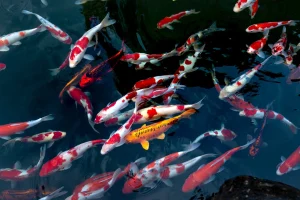The main cog in the solid removal system, the rotary drum filter (RDF) is usually an efficient and reliable piece of equipment. Self-cleaning and completely automated, the RDF is a mainstay in many hatcheries. RDFs work great, until they don’t. Heavy, large, and submerged, few pieces of equipment can be more cumbersome to troubleshoot and repair than an RDF. Like all pieces of hatchery equipment, proper setup and maintenance will minimize downtime and maximize performance.
Redundancy and sizing
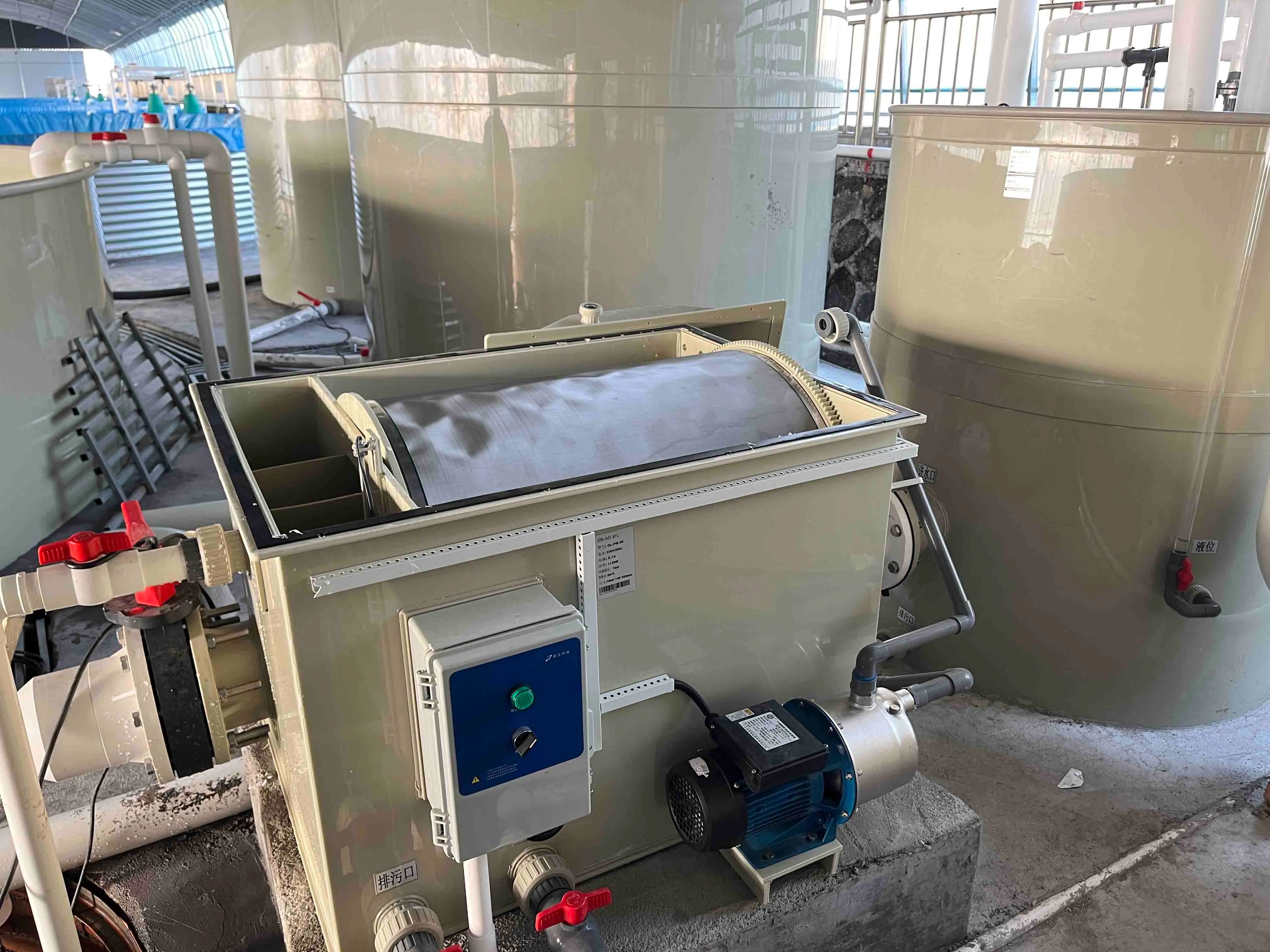
Due to their large footprint and large cost, farms are hesitant to add redundancy to their RDF setup. RDFs come rated to certain flow rates and filter pore sizes. Most systems only need one RDF to remove solids, and it isn’t until there is a failure that the need for a second filter emerges. When an RDF fails, which is when the drum does not rotate and therefore does not filter, the wastewater continues to pour in and quickly overflows the filter. Not only is solid-filled water going past the filter, solids in the RDF can also wash out, sending chucks into the rest of filtration system. The severity of RDF failure depends on the application, setup, and the concentration of suspended solids in the system.
To ensure full and proper redundancy, two RDFs, each with the capacity to filter all the system water, should be installed. Wear on the units can be shared by rotating, which is in operation, or splitting the flow between them. The systems should be valved such that water can be directed into one filter or the other. If a farm chooses not to install a fully redundant RDF system, which some farms choose, a proper bypass to send water around the unit to allow for maintenance, is critical. The risk of using only one RDF depends greatly on the setup of the system – the ability to bypass and the ease/speed of diagnosis and repair. Because they generally filter wastewater from a collection of tanks, the flow-through of an RDF is generally high, meaning the bypass valves and piping are large and expensive compared to water inflow lines.
Setup
Proper RDF setup and installation is critical to ensuring the filter works properly and maintenance can be performed. The unit must be leveled to the manufacturer’s specification to ensure the waste trough drains. Units can be installed partially submerged in a sump or can be free standing. Because they are gravity-fed and placed at a low point in the system, RDFs are often found partially submerged in a sump. While an advantage for space and footprint, placing the RDF in a sump makes maintenance much more difficult for technicians.

Inspections day-to-day
RDFs should be checked each day during daily equipment inspections. It’s pretty obvious when the unit isn’t working at all but components can and will fail, which reduce operational effectiveness. The spray bar should be looked at to ensure the booster pump is still operating, and the nozzles themselves looked at to ensure there are no blockages. Any nozzles that don’t spray properly need to be removed and cleaned out with a wash and a wire. If the booster pump supplying water to the nozzles fails, the unit will struggle to remove solids and the dirty drum will turn and turn as the unit overflows. A backup booster pump should be on hand. The life of the booster pump is usually much less than that of the RDF itself, and it’s better not to have to look for one at midnight.
The float switch or level sensor should be looked at each day for fouling. Enough fouling and the RDF will either get stuck on or off. A good shot of water with the hose is enough to clean the switch or sensor. The filter screens themselves should also be inspected for holes or tears. Holes and tears in the membrane cannot be fixed and must be patched. The membrane is cut away from that portion and a plastic insert popped in to plug the hole. As long as the insert tightly plugs the hole and sits flush with the membrane, it can stay in place for the life of the RDF. The drum filter should be shut down and properly locked out before any maintenance begins.
The dirty maintenance

The inside of the RDF itself needs to be inspected periodically. The waste trough and waste pipe below the spray bar needs to be inspected for fouling, as does the inside of the drum. A good indication of issues with the waste trough is a change in the amount of solids coming out of the RDF when it cycles. If the water is looking cleaner than usual, solids could be getting stuck in the trough, drum, or pipe. Here is where one will see the affects of an improperly-leveled RDF as the waste is gravity fed out the trough at a low angle. If the booster pump isn’t delivering enough water or the angle isn’t right, the trough won’t be properly cleaned out.
If the RDF is working hard and removing a lot of solids, then the waste trough should be inspected more often. Depending on the model and size of the unit, access to the waste trough and inside of the drum can be easy or difficult. Hopefully, the unit is designed to be inspected without removing the panels, but don’t count on it. Some units are quite accessible, others are very difficult to even look inside. The hose is the best tool for loosening up solids stuck to the inside of the drum or waste trough. A small access pipe in the form of a ‘Y’ fitting, installed on the solid waste pipe outside the filter, can give the technician a port to access the waste trough with a custom brush or other long tool. The drum filter should be shut down and properly locked out before any maintenance begins.
Mechanical maintenance
The mechanical pieces of the RDF are pretty simple and designed for ongoing operation. The bearings should be greased at the grease fitting, and an occasional spray of food grade lubricant for the chain is beneficial. The drive chain should last the life of the unit, but if not, it is a common enough component for machinery that a replacement can be sourced locally. Problems with the drive shaft and bearings can develop as the unit is worked and gets tired but these are tough to inspect or diagnose until they occur.

